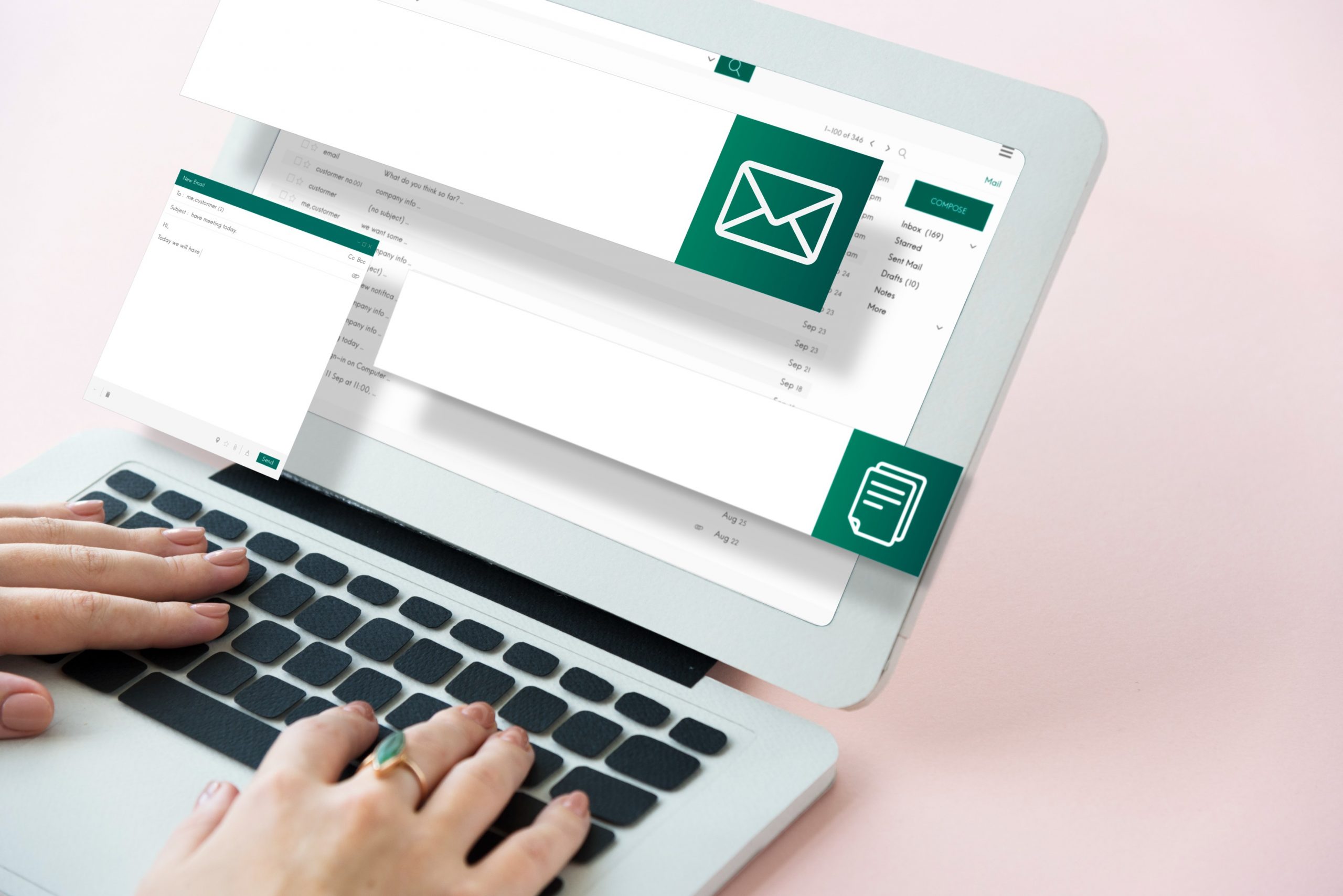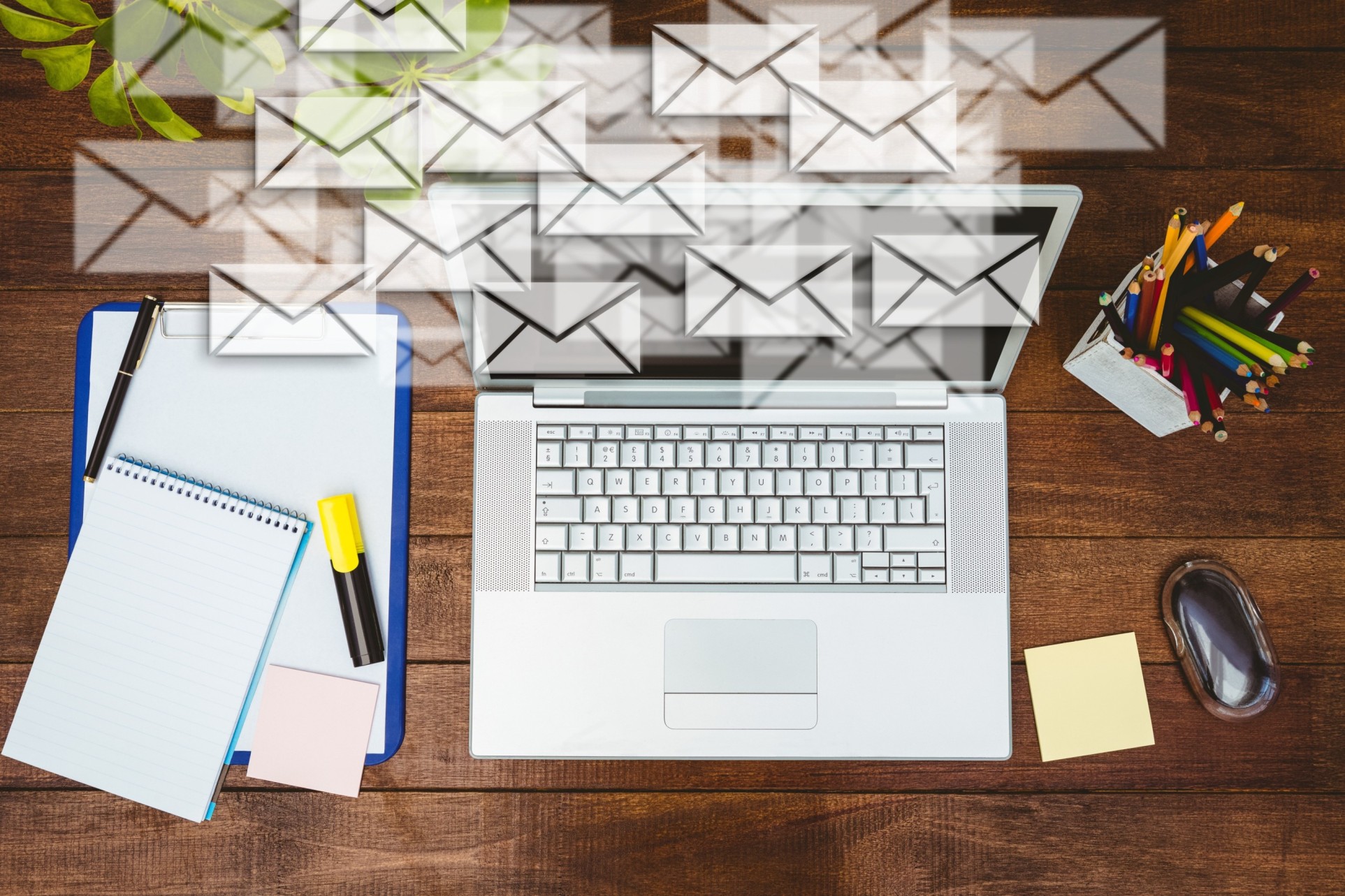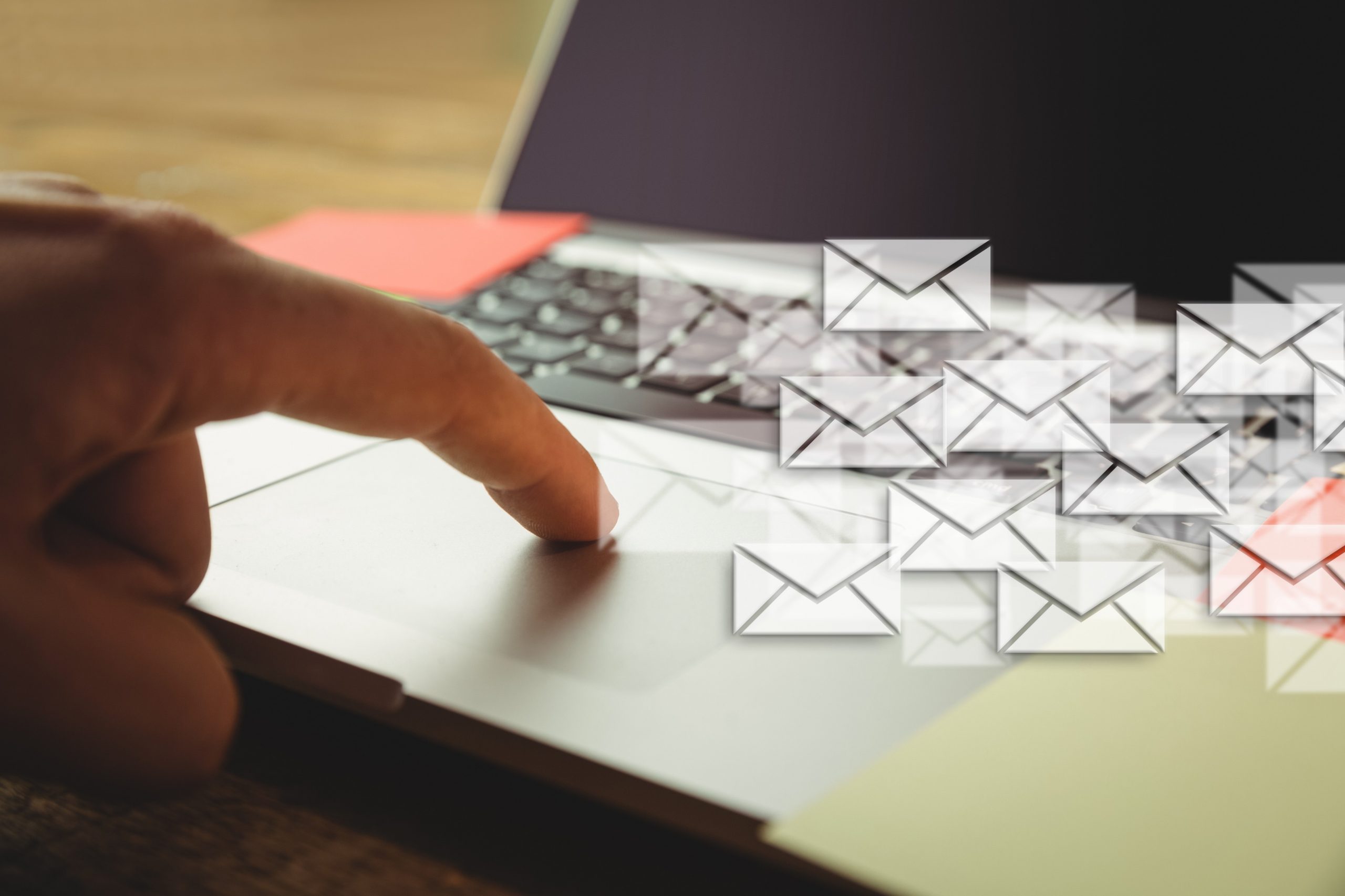Subscribe
Subscribe to EduBridge Blogs
Emails are ubiquitous. Approximately 183 billion emails are sent every day, which translates into two million emails every second. A poorly written email leaves a paling impression. As a freelancer, when your source of income is entirely dependent upon your relationships with clients, often grounded in your email correspondences, you absolutely cannot afford to be less than stellar. The art of email writing is rarely discussed, but if you master it, You’ve won yourself a goldmine.
Tips for Effective Email Writing
- Respond within 24 hours
Whether it’s a quick response, or you need time to think it over, get in the habit of responding very promptly to emails. A recent study found that 52% of people who send work-related emails expect a reply within 12-24 hours, and nearly 60% wait at least two days to reply.
Need time to think of a response? No problem! Respond and let them know you’re aware of the request and are looking into it. Use a tool such as ‘Gmail’s Boomerang’ to schedule the email to be sent back to you within a specific time frame so that you don’t lose track of the need for a response.
- Keep it short and sweet
Brevity is the key! Keep your emails brief and concise and stick to the point. If you have numerous requests that need to be addressed, use numbered lists to reduce attrition, and make it easier on the recipient when reading. Break up paragraphs, use styling elements, and even include images to make the text easier to read and take action. Do note in most cases the end-user has little to negligible attention span.

- Copy, paste, and repeat
Is it becoming increasingly difficult for you to think of the right set of words when keying down that business mail? Well! Once you have made your match with the words, save that email as a draft, and use it as and when you need to. Tweak a few words around rendering an individualistic personality to the written email. This will keep you from going back and forth with words, and will help save time. The sooner you start using Google’s canned responses or similar email template tools, the sooner you’ll be on your way to gaining back those wasted hours.
- Avoid poor spelling and grammar
Let me begin with the bad side of writing an erroneous email. Well, the world is filled with judgemental people. Hence sadly to keep the gossip and prying eyes at bay, the ‘Grammarly’ app surfaced, to our rescue making our lives a piece of cake. Win that deserving credibility and trust, by simply spending a few minutes to re-read the e-mail, and check for any errors. This also means checking for punctuations. Wrong punctuation could lead the end-user to misconstrue the message.
Imagine your erroneous email being read by your clients or your boss! Or perhaps sending out that email, where the punctuation is incorrectly placed. The results of both can be very unsettling!

- STOP YELLING!
We are well aware of the fact that heart ailments are on the rise. This is precisely why we need to be kind and ensure that we do not misuse the caps-lock key or the exclamation mark. Picture a room full of stressed individuals simply because you have unknowingly sent out an email, riddled with caps lock, and exclamations. We need our team to be healthy, and all have their hearts beat on a happy note!
- Define the action items.
People are busy. They need to move fast and get more done as quickly as possible. Save people time by defining roles and responsibilities if you are communicating about a project over email. Clearly stating an individual’s action items will ensure that everyone knows who is doing what and by what date. From personal experience, I find that this works particularly well with group emails. Try emboldening and clearly defining each of the action items at the bottom of an email.
- Be proactive
Short conversations can quickly pile up an inbox with back and forth messages. When you’re sending or replying to an email, save yourself and your client’s time by anticipating any questions or concerns your message may elicit. If you’re asking questions over email, supply all the necessary information to keep the back-and-forth conversation to a minimum.
- Have the last word
A signature at the end of your email, containing your contact and other relevant information, provides a great touch of professionalism. A call to action tells the reader how they should respond to your email. Whether it’s a “received” confirmation for an attachment or writing a response such as “it’s my pleasure” or “thank you,” have the last word. Practicing this habit keeps everything in check, reassuring the client that you’re on top of it. I know I’ve thrown a lot of information your way, but trust me: it’s all essential for mastering the art of email writing.

Summary
- Know your audience and write at the appropriate level
- For requests, talk with the recipient before sending an email
- Be polite and personable
- No online IM abbreviations or smiley faces (lol,:)
Recent Blogs
Related Blogs
Accelerate Your Career with Expert Guidance and Guaranteed Job*!
"*" indicates required fields





